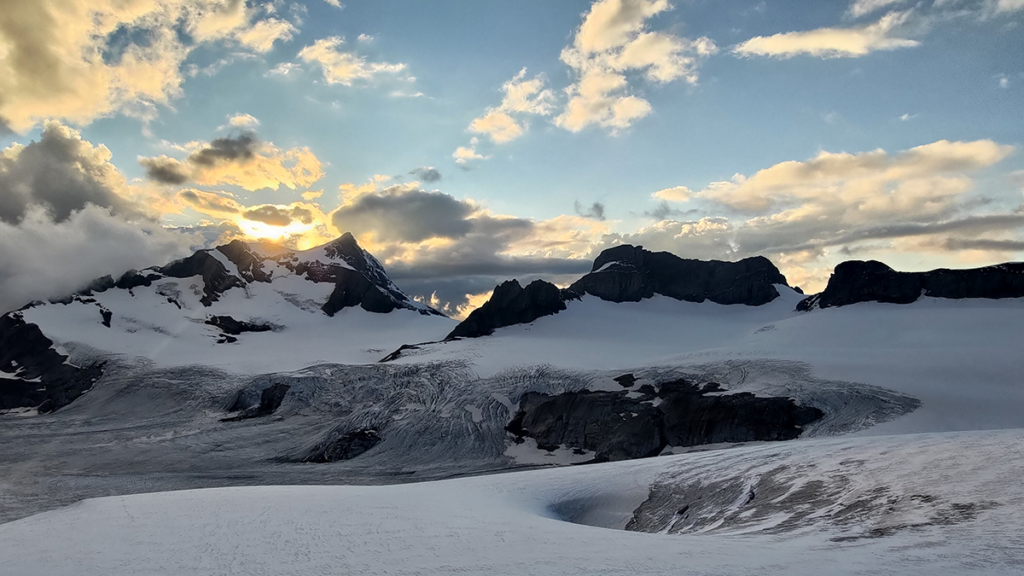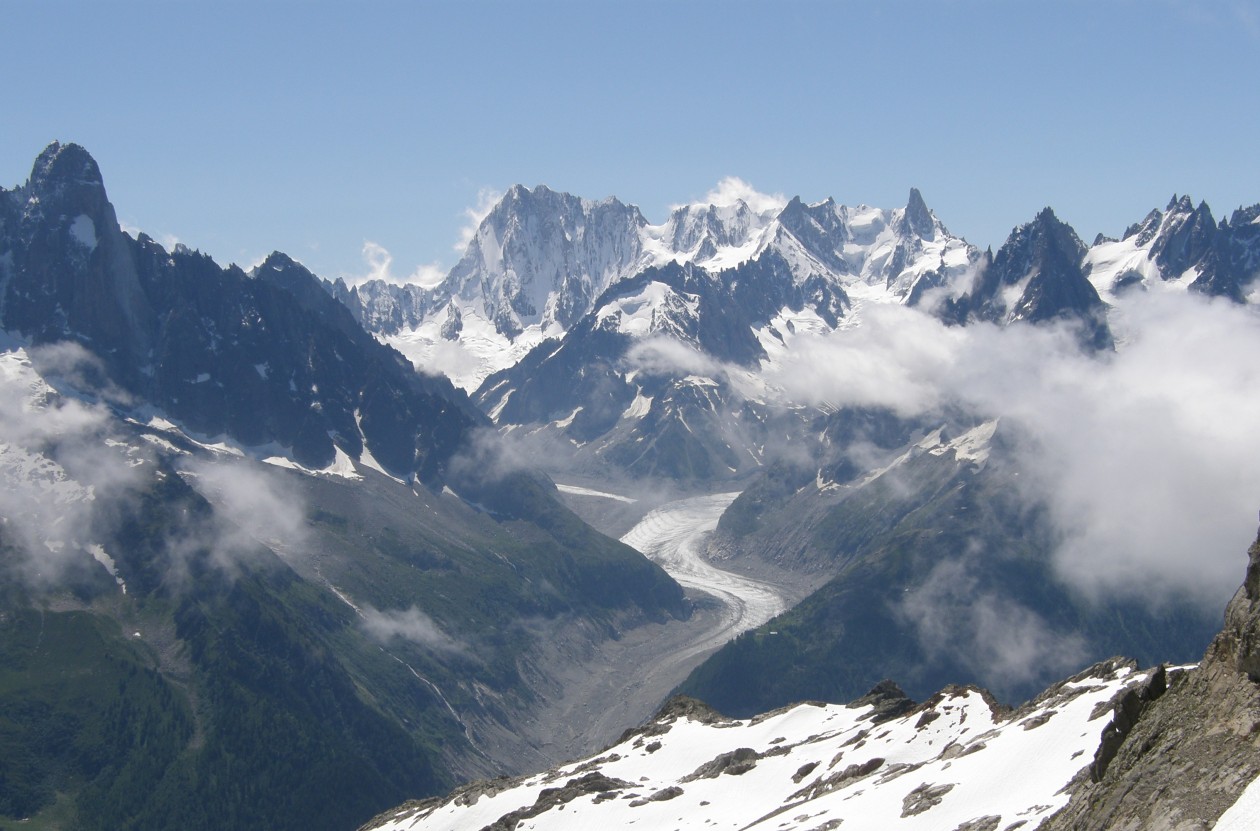
For a mountaineerer the mountains will be a crucial thing. This meaning that we must take in consideration to keep the sustainability in our mind all time. Mountain regions cover approximately a quarter of the Earth’s land surface, although the exact percentage depends on criteria used to define them. The rain and snow that fall in mountains eventually move downstream and provide water for millions of people. China and India, the two most populous countries in the world, depend on water supply from the Himalaya and Tibetan Plateau, and in arid regions, such as the western USA, the mountain ranges are islands of critical water supply. There is increasing evidence that the effects of global warming and climate change are often enhanced in high mountains so the need to understand why has become critical.

Elevation-dependent warming (EDW) is the phenomenon whereby the rates of warming depend on elevation (or height above sea-level). This means that areas high up may be warming faster or slower than areas immediately above or below. When moving up a mountain, you may notice that the vegetation and landscape tend to change with height – you may start with farmland and areas where people live, then forests thinning to alpine meadows, and finally snow and ice.
There is also increasing evidence that mountain precipitation (which is caused specifically by rising air up mountain slopes) is not as enhanced as it was in the past. Even though in a warmer world the hydrological cycle is predicted to speed up, leading to increased evaporation and episodes of more intense precipitation, this change appears to be most marked in lowland areas and less evident in mountains so far. Therefore, although precipitation is increasing in many mountains, it is not increasing as fast as would be expected given a warmer atmosphere.
Together these changes in temperature and precipitation (there is also a change from snow to rain) have been detrimental for snow, ice, and glaciers with nearly all mountain glaciers receding around the world. This has accelerated in many regions in the past 20 to 30 years. There has also been an uphill migration of climate zones, causing many species and their associated habitats to move upslope with it. Eventually, this could lead to mass extinction events on the top of isolated peaks where there is no longer mountain to move up. Most winter tourism in mountains is dependent on snow, and the skiing industry will see major negative impacts. Even in areas where skiing is not the major activity, the presence of snow and ice can enhance tourism, such as on Kilimanjaro in Tanzania where people climb the mountain in part to see the glaciers and gleaming snows at the summit. Finally, when snow is replaced by rain, which is sometimes heavy, mountain flash-flooding and associated hazards such as landslides may become more frequent in many regions. So this is what it can be like in the near future…So we all got a responsible to take our environment…
Flash Flood in Switzerland – YouTube
The sound of Silence -The Ghost of Johnny Cash #johnnycash #SoundOfSilence #Disturbed – YouTube
Aconcagua – Award Winning Documentary – YouTube
See ya tomorrow…

This is an important topic Bergman.
What we can do is to take more train, stay longer at the vacationplaces and to choose politicians who front environmental issues